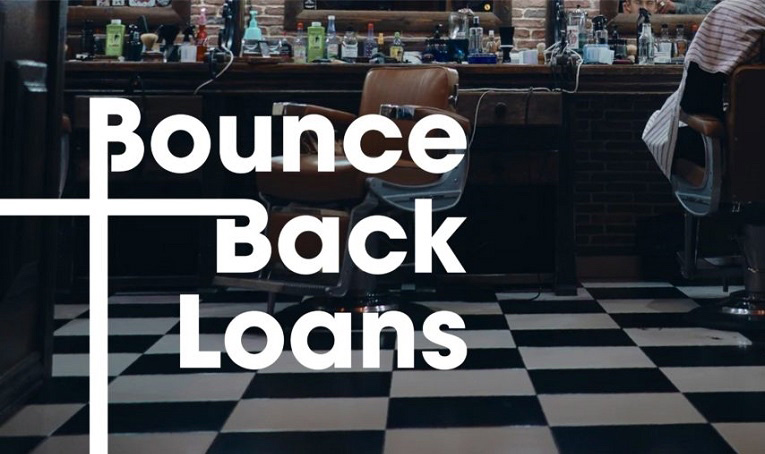Bouncing Bounce Back Loans
In 2020, against the backdrop of a global pandemic, as a measure to help businesses who were struggling, the British government launched a solution known as the ‘bounce back loan scheme’. The idea was that businesses would be able to easily raise finance, at a low rate of interest in order to help with their recovery.
The problem is these loans were provided with no personal guarantee, no underwriting and were fully backed by the government. Naturally it left the scheme open to abuse. As a result of the number of loans defaulted on, the government is now trying to tackle the fraudulent applications.
What was the bounce back loan scheme?
The bounce back loan scheme was a way for businesses to borrow money (ie obtain a loan), with no personal guarantee, a quick turnaround and minimal risk to the lender (hence the 100% government-backed guarantee).
The loans were offered with a low rate of interest (2.5%) and no underwriting criteria. Rather, it was up to the business owner to self-certify that they were eligible. The loans were available to be repaid over a term of up to 10 years.
It was launched in May 2020 and closed to new applications and applications for top ups on 31 March 2021.
What was the criteria to obtain a bounce back loan?
The loan was available to most businesses formed on or before 1 March 2020. In order to qualify, the business needed to be carrying on business as of 1 March 2020, and negatively be impacted by COVID-19. The business could not be in bankruptcy, liquidation or similar.
How much could you borrow?
If your company was formed prior to 1 January 2019 you could borrow up to 25% of revenue (capped at £50,000). This was calculated based on revenue earned in the 2019 calendar year.
If your company was formed between 1 January 2019 and 1 March 2020, the amount you could borrow was based on your forecast revenue (also capped at 25%/£50,000).
What could the money be used for?
The money could be used for any legitimate business purpose, including paying salaries, cash flow, paying suppliers, paying off existing loans or any other necessary business running costs.
The money was not allowed to be used for personal reasons, ie to buy a car, pay for home improvements, etc.
What happened?
Given the loan applications were based on self certification, and were government backed, it allowed huge scheme abuse.
The application process relied on business owners to input information without the provision of any evidence. As a result, many business owners exploited the opportunity and applied for loans that they should not have been entitled to.
How bad is the problem?
According to the British Business Bank, a total of £46.6bn was drawn through the Bounce Back Loan Scheme.
As of 31 July 2022, the British Business Bank have revealed that £1.1bn of the above total drawn amount has been flagged as fraudulent. However, this number could end up being much higher.
In total £1.2bn of funds have been settled so far (that is, where the loans have defaulted and the lenders have been paid through the guarantee scheme). Of this amount, £263m was flagged as suspected fraud. Given it is expected that fraudulent cases will likely be the first to default, it is expected as time goes on, the ratio will reduce.
Also as at 31 July 2022, there were £7.2bn of loans in arrears. If you add that to the £1.2bn that has already been settled, that would suggest almost 1 in 5 loans will potentially be settled through the government guarantee.
What is the government doing about it?
The government is highly focused on tackling fraud in the scheme. They are working with the Public Sector Fraud Authority along with other enforcement bodies including the National Investigation Service (NATIS) and the Insolvency Service to investigate instances of fraud, recover fraudulent loans and penalise fraudsters.
Since September 2020, NATIS has opened 273 investigations into BBLS fraud, with a total value of £160 million. 78 suspects have been dealt with to date, with 49 arrests made. Meanwhile, Insolvency Service activity on BBLS fraud has so far resulted in 242 director disqualifications, 101 bankruptcy restrictions and 1 criminal prosecution. This enforcement activity is in addition to recovery work being undertaken by lenders as part of their obligations under the BBLS Guarantee Agreement.





